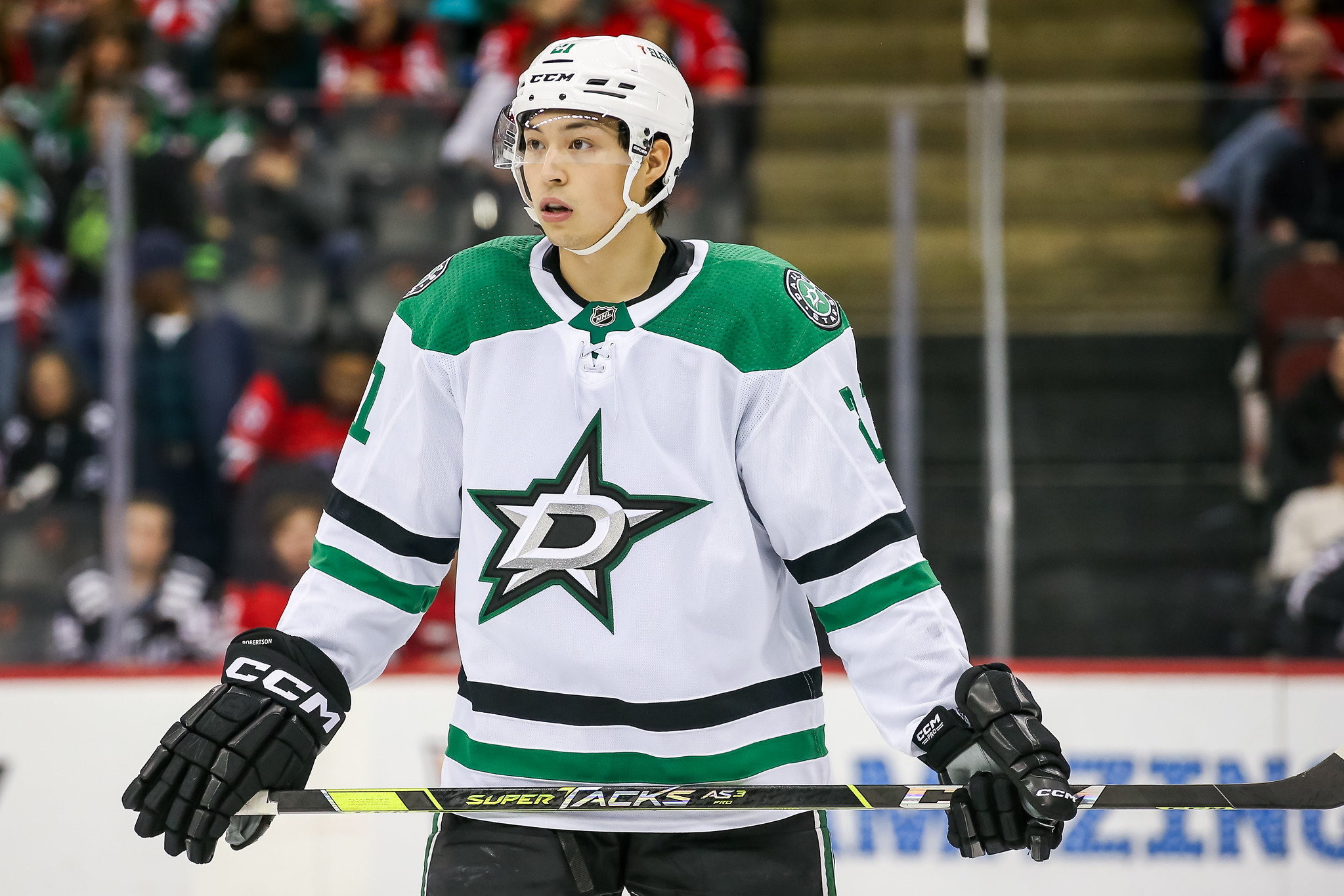

The 2026 NHL free agent class is shaping up to be a potentially transformative one, particularly regarding the restricted free agent (RFA) market. With a confluence of factors at play, including a projected significant rise in the salary cap and the looming end of the current Collective Bargaining Agreement (CBA), the landscape of player contracts could be dramatically altered.
One of the primary reasons the 2026 free agency period has the potential to reset the RFA market is the anticipated surge in the NHL's salary cap. Experts predict a substantial increase, possibly by as much as $10 to $15 million over the next few years. This influx of cash gives teams greater flexibility to pursue and sign young, elite talent whose entry-level contracts are expiring. Teams may be more willing to part with significant draft capital to acquire these players, potentially driving up the value of RFAs across the board.
Adding another layer of intrigue is the fact that the current CBA is set to expire in September 2026. The new agreement will shorten the term limits on contracts, reducing the maximum length from eight years to seven when re-signing with the current team and six years when signing with a new team. This looming change could incentivize players to seek shorter-term deals, allowing them to capitalize on future cap increases and re-enter free agency sooner. It may also encourage teams to offer more lucrative contracts to secure players before the new CBA takes effect.
Several high-profile players are slated to become RFAs in 2026, further fueling the potential for market disruption. While it is difficult to predict exactly who will be an RFA, some potential names include Simon Nemec and Leo Carlsson. These players are expected to command significant raises, and their negotiations could set the benchmark for other RFAs.
The increased cap space might also lead to a rise in offer sheets. An offer sheet is a contract a team offers to another team's RFA. The player's original team has the right to match the offer; if they decline, they receive draft pick compensation. The St. Louis Blues' successful acquisition of Dylan Holloway and Philip Broberg through offer sheets has reportedly inspired other teams to consider this strategy. With more cap space available, more teams may be willing to take this approach to acquire high-upside RFAs.
However, several factors could temper the potential for a complete market reset. Teams may prioritize re-signing their own RFAs, especially if they view them as core players. Additionally, some players may prefer the security of a long-term contract with their current team over testing the open market. Some general managers might also be hesitant to offer exorbitant contracts to RFAs, particularly if they have concerns about long-term performance or potential overpayment.
Despite these counterweights, the stars appear aligned for a potentially seismic shift in the RFA market in 2026. The combination of a rising salary cap, the end of the current CBA, and a talented pool of RFAs could create a perfect storm that reshapes how young players are valued and compensated. It remains to be seen precisely how the market will unfold, but one thing is clear: the 2026 offseason promises to be one of the most intriguing and closely watched in recent NHL history.